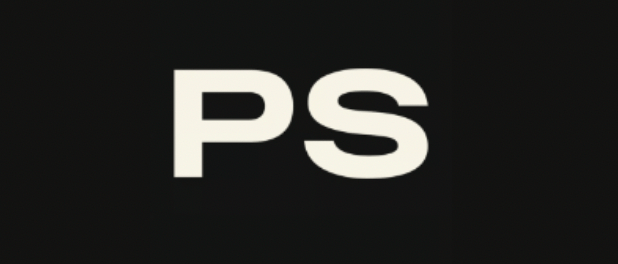- Profit Snack
- Posts
- 📱 From #1 app to 0 users in 4 years
📱 From #1 app to 0 users in 4 years
📱 The App That Changed Social Media Forever
In 2011, 100% of video content was what’s called ‘long-form’ content.
Then one app release changed it all…. Vine.
After the release of Vine, over 75% of viewers prefer to watch short-form content instead.
For those of you who never used the app, Vines were short 6-second videos you could share with your friends.
Basically TikTok before TikTok.

One of the top Vine’s in 2013
In its first year, Vine was bought by Twitter for $30M, had over 40 million users, and was #1 on the App Store.
Then 4 years later, Twitter shocked the world by shutting down Vine.
What happened?
Ultimately, Vine went bankrupt…But that’s true for every failed startup.
The real question is how the fastest-growing social media app tanked so fast, and what you can learn from it.
I’ve boiled down the collapse of Vine to 3 main reasons:
⏰ The 6-Second Trap
🥊 The Creator’s Rebellion
💰 The Domino Effect
Read Time: 4 min 42 sec
Let’s get it.

⏰ The 6-Second Trap
When Vine first launched, there was a 6-second max for every video.
When Vine died, the videos were still capped at 6 seconds.
In the 4 years that Vine was alive, they rarely added any new editing features or changed the algorithm.
To put this into perspective, Facebook released more updates in 1 month than Vine did in their entire 4 years.
Not great for a brand-new tech product.
To most, it seems Twitter bought Vine and forgot about it (which is not far from the truth but we’ll get to that later).
So what did users do?
Creators started to move their audience to other platforms - mainly Instagram.
In typical Zuckerberg fashion, Instagram copied Vine’s short-form content idea and offered what Vine did not…video length variation and new editing tools.
The lesson: In our “From broke to unicorn status” article, Loom taught us that as a young startup, user feedback is everything.
So, make sure that in your early days you prioritize user feedback and use it to mold your product.
Because once you prove a concept works, it will be a constant battle with competitors to see who can make your users the happiest.

Have a business or something you want to promote in front of 65,000+ readers?

Click the button below to apply now!

🥊 The Creator’s Rebellion
Although Vine was the best platform to get attention and grow followers, it was the worst platform to monetize it.
Most social media platforms help their top creators make money in exchange for creating viral content.
YouTube offers the YouTube Partnership Program, Instagram helps influencers get sponsors, and Twitter offers paid subscriptions.
However, Vine refused to help their creators out.
So, a group of top creators offered Vine a deal: For $1.2 million each and updates to help creators monetize, they would continue to post on Vine.
When Vine refused, the top creators immediately moved their audience to Instagram.
In short, there was no clear incentive to post on Vine. Not only did it not benefit creators to post, but other platforms were offering them thousands.
The lesson: Give people a reason to stay with you when they’re tempted with other options.
This could be reward programs, special offers, grandfathered prices, etc.
It’s the same reason online stores offer free shipping with big orders, or why 9-5’s offer growing yearly bonuses.

💰 The Domino Effect
When Twitter bought Vine in 2012, it seemed like a great investment.
With Vine’s quick growth despite little marketing, it really was a good investment….
But Twitter f*cked it up… big time.
How?
When Twitter bought Vine, they did not care that Vine barely made enough to keep the lights on.
Why would Twitter buy a barely profitable business?
Because Twitter had no plans to grow Vine. Twitter wanted to ‘integrate Vine into the Twitter platform’ and get rid of the Vine brand altogether.
So after the acquisition, very little money was put into growing Vine. This is why we saw little to no updates and multiple bugs.
Once the employees started to see Vine’s dark future they left.
First, it started with the two of Vine’s top executives. Then the rest of the team followed suit.
When Twitter found themselves with no Vine team and an app they could not successfully integrate into their software…. They announced the end of Vine.

The lesson: A good product is not enough. Build your business for durability. Meaning, that your business can successfully survive and thrive without you in hard times.
Growth may be slower, but you will able to make consistent money and retain high-quality employees.
That’s it for today!
The Profit Snack Team

What'd you think of today's edition? |
Reply